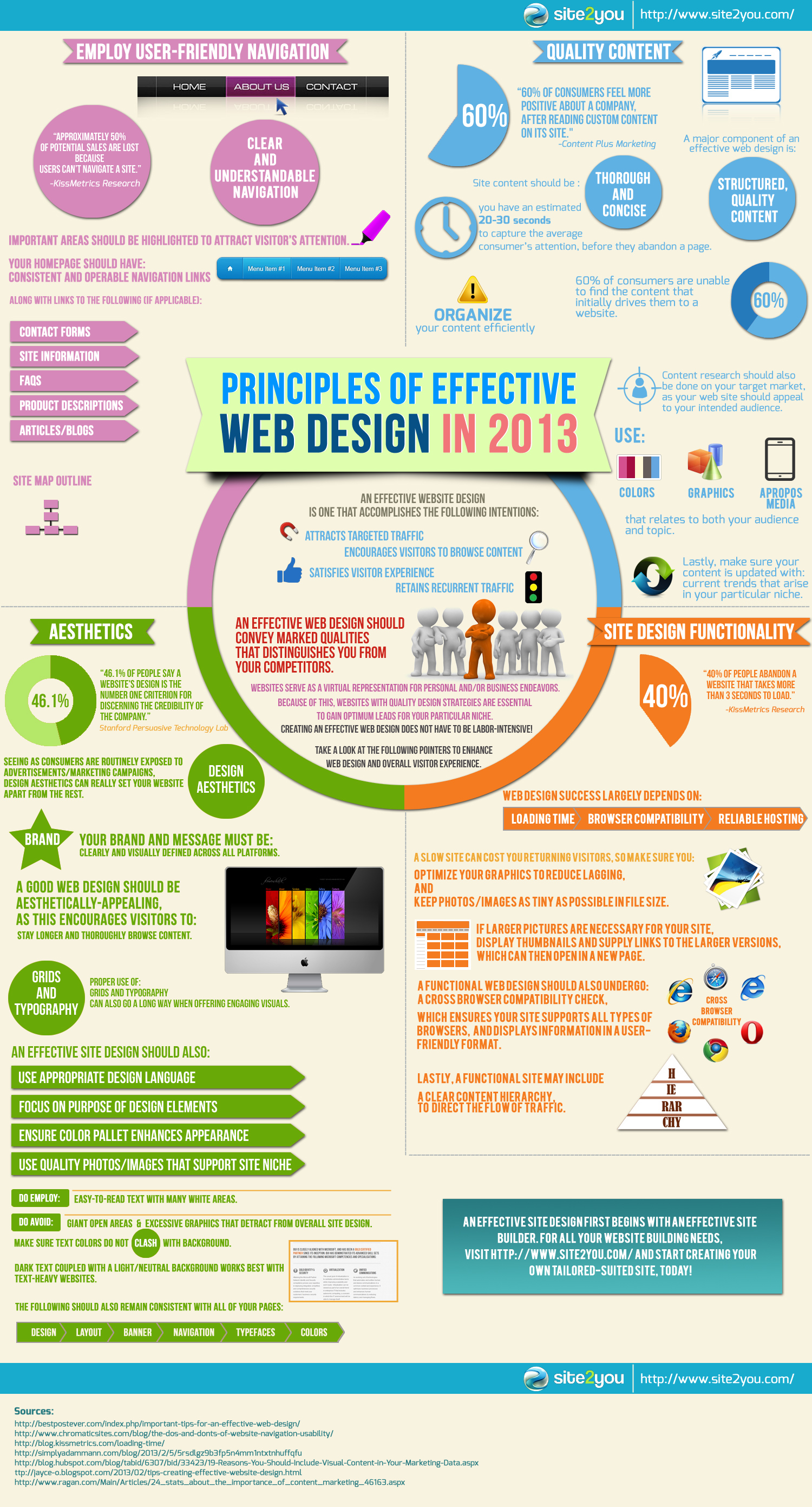Internet Site Layout Basics: Tips For Structure A User-Friendly Site
Internet Site Layout Basics: Tips For Structure A User-Friendly Site
Blog Article
Content Writer-Scarborough Gammelgaard
When it concerns web site design, guaranteeing user-friendliness is crucial. From website search optimization to structured navigation, every element plays a crucial role in creating a website that satisfies your target market's demands. But what about the finer information that can make or break a user's browsing experience? Remain tuned as we discover some often-overlooked tips that can elevate your website's functionality to the following degree, making it truly stand apart in the digital landscape.
Relevance of Responsive Style
Responsive style is a vital element of contemporary web site advancement. Ensuring ada standards website is receptive means that it can adjust to various display sizes and devices, providing a smooth experience for individuals.
With the raising use smartphones and tablet computers to access the internet, having a receptive layout is essential for getting to a bigger audience. It assists in enhancing individual experience by making your website easy to browse and continue reading any type of gadget.
Furthermore, receptive layout can favorably affect your online search engine positions, as online search engine like Google prioritize mobile-friendly websites. By having a receptive style, you're additionally future-proofing your internet site, as brand-new tools with differing screen dimensions continue to arise.
Simplify Navigation Framework
To improve individual experience and help with easy accessibility to info on your site, streamlining the navigation framework is paramount. When creating https://www.businessinsider.com/seo-tips-for-search-engine-optimization-2011-7 , focus on creating a clear and intuitive navigating food selection that aids visitors discover what they're trying to find promptly.
Restriction the variety of menu things to the fundamentals, organizing relevant web pages with each other to prevent frustrating users. Usage detailed labels that clearly suggest the content of each web page, making it much easier for users to recognize where each web link will take them.
Consider implementing dropdown menus for subcategories to prevent cluttering the major navigation bar. In addition, consist of a search bar plainly on the page for users who choose looking for particular info.
Focus on mobile responsiveness in your navigation design to make sure simple gain access to on all tools.
Maximize Page Lots Speed
Improving page load speed is essential for retaining visitors on your web site. Slow-loading web pages irritate individuals and can cause high bounce prices. To optimize web page tons speed, start by enhancing images. Press photos without compromising quality to decrease their data dimensions.
Additionally, enable internet browser caching to keep frequently accessed sources in your area, speeding up lots times for returning site visitors. increase local seo , JavaScript, and HTML data by getting rid of unneeded characters, comments, and format, improving tons rate.
Consider making use of a material delivery network (CDN) to disperse your website's web content across several web servers worldwide, minimizing latency for users accessing your site from various areas. Lastly, limit the use of third-party scripts and plugins, as they can substantially influence tons times.
Verdict
To conclude, by incorporating responsive design, simplifying navigation, and enhancing page lots rate, you can develop an user-friendly site that interest a wider target market and boosts customer experience. These essential elements make certain that visitors can quickly accessibility and browse your site across various devices, leading to increased involvement and complete satisfaction. By concentrating on these vital facets, you can develop a successful site that keeps users returning for more.
